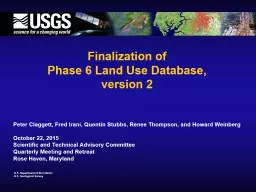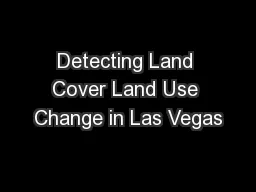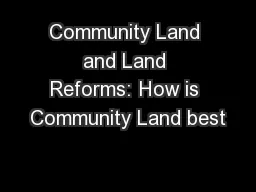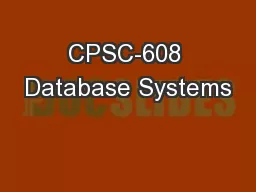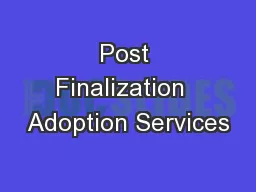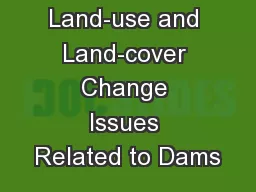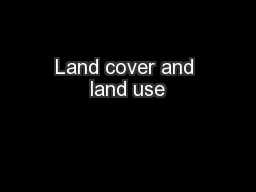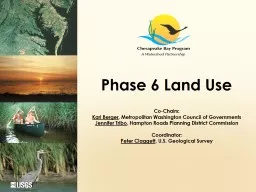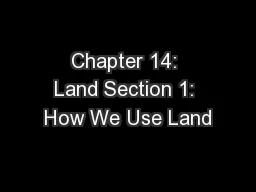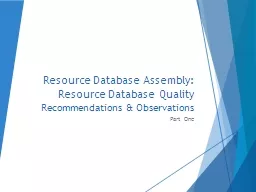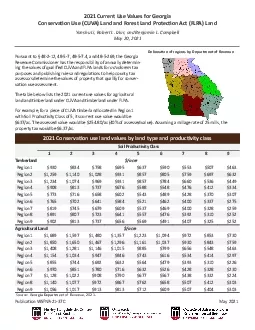PPT-Finalization of Phase 6 Land Use Database,
Author : briana-ranney | Published Date : 2020-01-02
Finalization of Phase 6 Land Use Database version 2 Peter Claggett Fred Irani Quentin Stubbs Renee Thompson and Howard Weinberg October 22 2015 Scientific and Technical
Presentation Embed Code
Download Presentation
Download Presentation The PPT/PDF document "Finalization of Phase 6 Land Use Databa..." is the property of its rightful owner. Permission is granted to download and print the materials on this website for personal, non-commercial use only, and to display it on your personal computer provided you do not modify the materials and that you retain all copyright notices contained in the materials. By downloading content from our website, you accept the terms of this agreement.
Finalization of Phase 6 Land Use Database,: Transcript
Download Rules Of Document
"Finalization of Phase 6 Land Use Database,"The content belongs to its owner. You may download and print it for personal use, without modification, and keep all copyright notices. By downloading, you agree to these terms.
Related Documents

